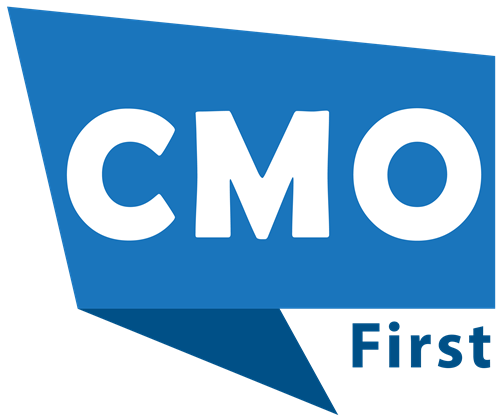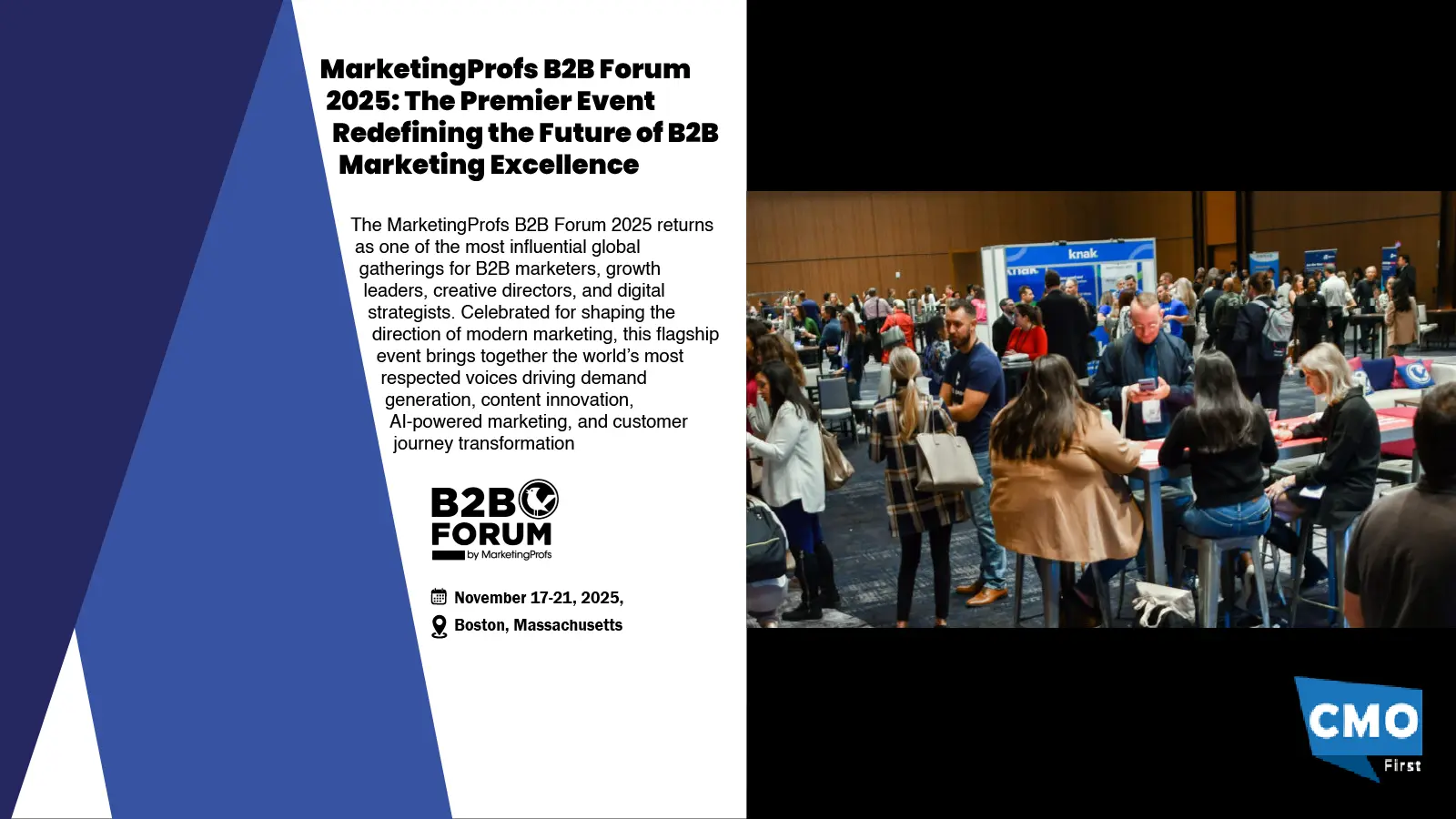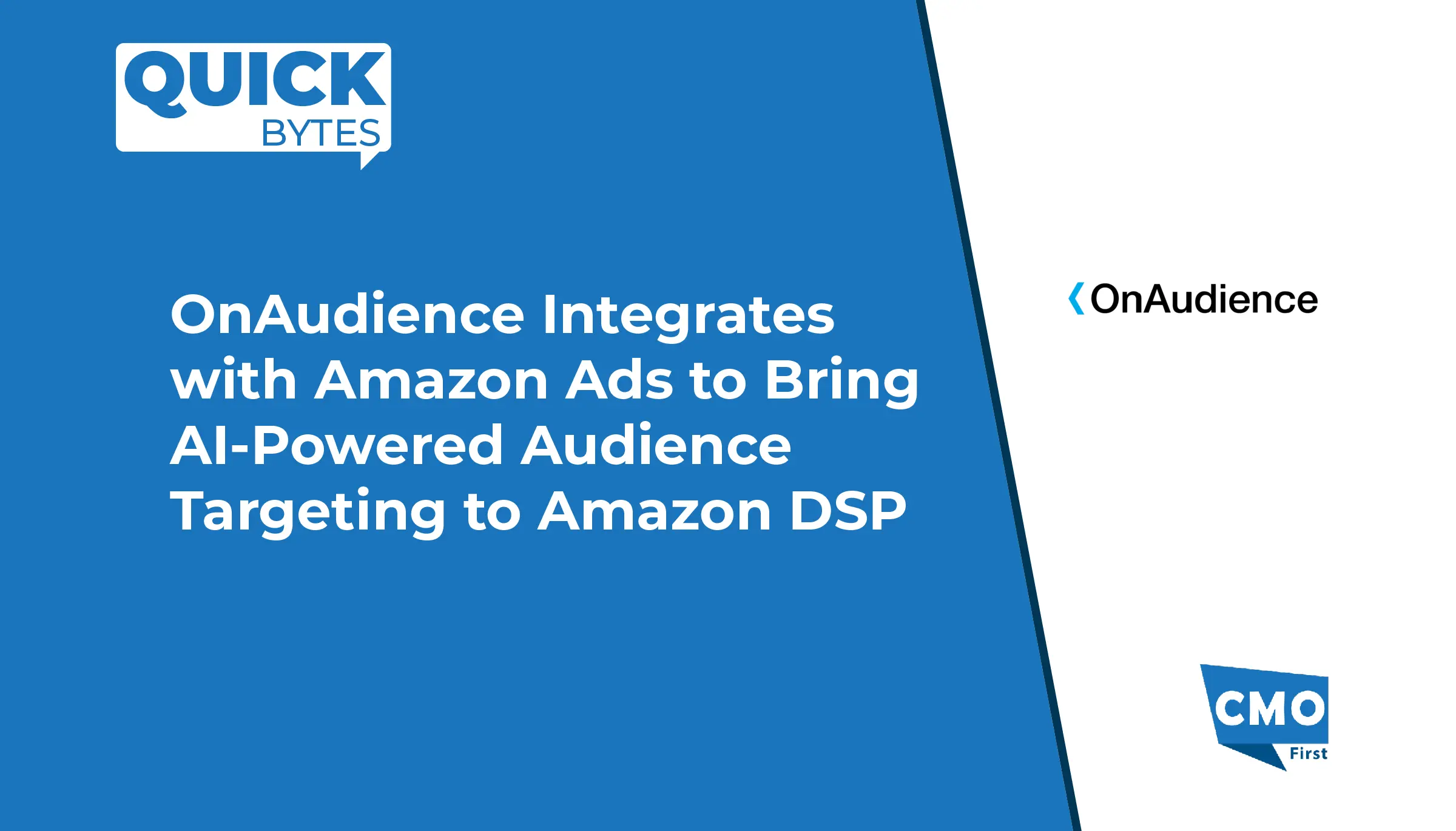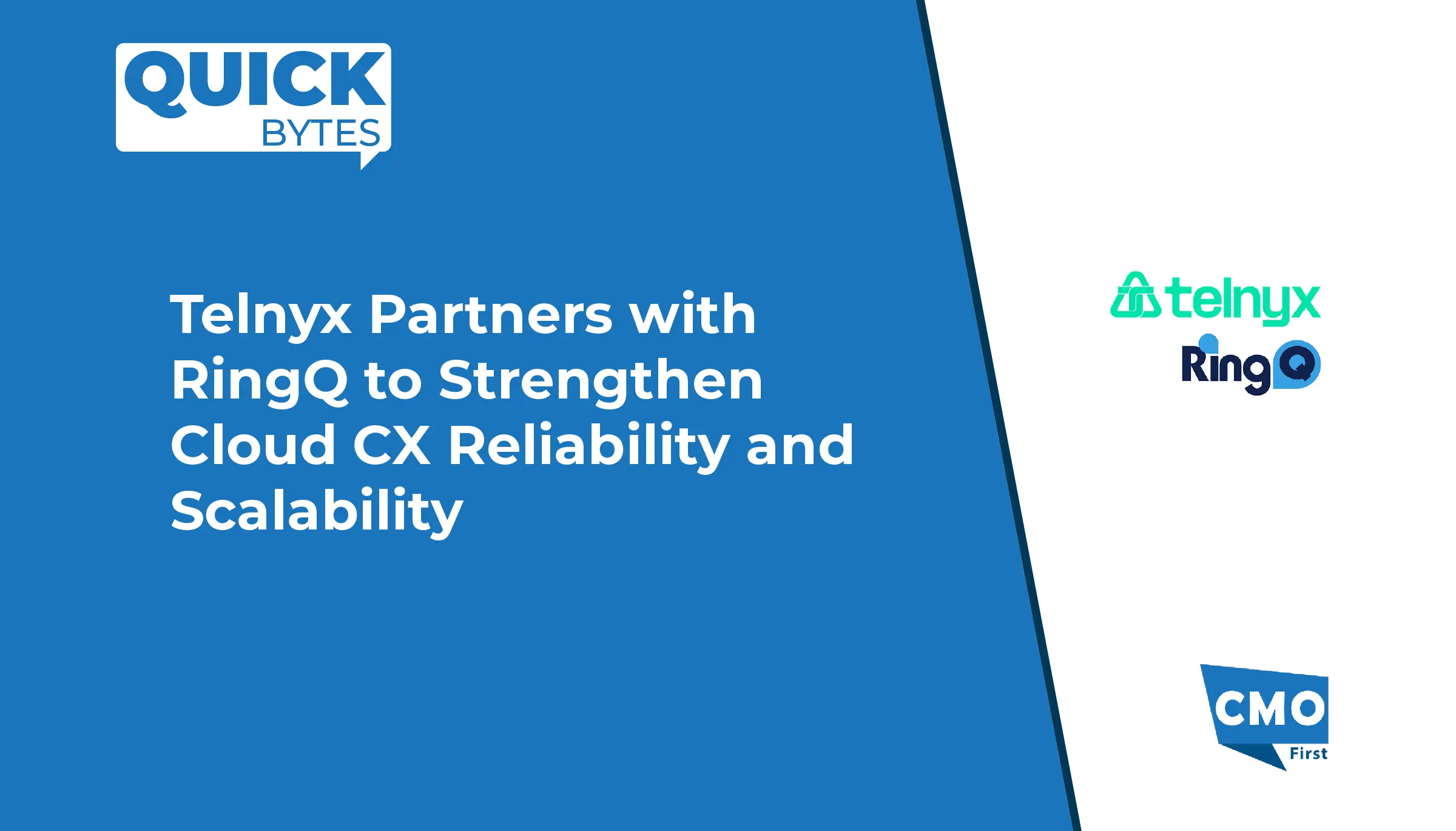Marketing is everything a business does to get new clients and keep existing ones. Though not a precise science, it is improving. Getting a return on investment (ROI) for the money spent is one of the main questions businesses have regarding their marketing operations. Here’s when marketing ROI is useful.
Monitoring your spending to assess its impact is a key component of ROI marketing. Everything you need to know will be explained to you in this guide. Let’s dig in!
What is Marketing ROI?

The process of linking the influence of marketing campaigns to increases in revenue and profit is known as marketing ROI. Organizations can determine how much marketing initiatives, either comprehensively or campaign-by-campaign, contribute to revenue growth by evaluating return on marketing investment. For current and upcoming campaigns and projects, marketing ROI is typically utilized to support budget allocation and marketing expenditure.
Enhancing marketing ROI and attribution is continuously ranked as a top priority for marketers worldwide, according to Salesforce’s sixth State of Marketing study.
Why is ROI important?
Knowing your numbers is crucial before launching any new campaign. Even though they may initially be approximations, benchmarks might assist you in establishing a goal to assess the effectiveness of your campaign. Nowadays, marketing is more than just ‘getting traffic.’ It’s a comprehensive procedure that involves both traditional and digital platforms.
Learning how much each technique would cost can help you decide where to focus your time and money. You may make smarter decisions to generate income streams that increase the profitability of your company after you have a better understanding of your marketing expenses.
Marketing ROI comes in a variety of forms:
- Revenue/bookings
- Cost per acquisition (CPA) ratio
- Sales cycle days
- Engagement duration
- Customer lifetime value (CLTV)
Understanding the distinctions between each category is crucial. For instance, net sales or bookings are used to measure revenue and bookings. Conversely, CPA is evaluated in terms of marketing or sales leads. The majority of ROIs are computed similarly, regardless of which one you decide to monitor.
Also Read: Is Brand Still King? Balancing Performance Marketing with Long-Term Equity
How is ROI Used by Marketers?
For businesses looking for long-term success, achieving a high marketing ROI is crucial. According to research, companies who use sophisticated analytics claim a marketing return on investment that is 5-8% higher than that of their rivals. Marketers can benefit from demonstrating ROI in the following ways:
Justification for spending
Executive buy-in is necessary for the C-suite to commit funds and resources to your team’s or campaign’s demands. And one of the best methods to support your suggested budget requirements is to show a consistently favorable return on investment.
Allocating funds for marketing
Once the budget has been granted, you must know where and how to distribute it appropriately. It is therefore beneficial to comprehend the money produced by various teams and channels.
For instance, you might want to think about increasing the budget for your paid social program if your efforts are producing a significant number of quality leads. This is not to argue that funding shouldn’t be allotted to a program that isn’t doing successfully. Every marketing plan is unique, and all programs have different marketing KPIs.
Assessing the success of a campaign
By measuring ROI, a baseline for campaign success is created, which may be used as a guide for future marketing expenditures. You can estimate how future campaigns will affect revenue growth by using the knowledge you gain from analyzing your outcomes to guide your team’s efforts.
Analysis of competitors
Analyzing your competition is a crucial marketing strategy, whether it’s determining the types of content they create, the platforms they use, or the number of clients they serve. Tracking your competitors’ return on investment (ROI) refers to how their brand is doing in comparison to other competitors in the same industry.
How to Measure Marketing ROI
Some businesses struggle with measuring marketing ROI. This is usually due to disorganised marketing data, unclear links between customer activity and business outcomes, or tracking the wrong metrics. To get over these hurdles, you first need a strategy for MROI measurement.
The Elements of a Strategy for Marketing Measurement

Any marketing measurement approach must include these essential elements:
- Clearly define your objectives.
- Determine the expenses.
- Invest in the appropriate technologies.
- Make an MROI calculation formula.
The standard MROI formula is: (Marketing Value – Marketing Cost) / Marketing Cost.
This fundamental principle is applicable to all campaigns across all channels. MROI can be calculated in a variety of more intricate and sophisticated ways, though. Choose the strategy that best suits your company, and to get started, think about employing a ROI calculator.
Remember that MROI doesn’t always have to be monetary as you formulate your plan. After you’ve established methods to measure the monetary worth of your marketing initiatives, don’t forget to include softer metrics such as likes and followers on social media.
Finding the most effective method to continuously provide your clients with the highest level of engagement is the ultimate goal of calculating MROI. These quantitative figures will provide you with a clear understanding of the channels and messaging that work best for your clients, providing you with the information you need to tailor their experiences and build lasting connections with them.
Case Studies
1. Coca-Cola’s ‘Share a Coke’ campaign
Coca-Cola had a major calculating difficulty when it introduced its customized ‘Share a Coke’ campaign, which substituted 250 well-known names for the company’s logo on bottles. How could they measure the return on investment of this incredibly innovative, brand-oriented project?
They used a combination of several measurement methods:
- Short-term sales boost: During the campaign time, sales in the US market grew by 2% year over year, as per Coca-Cola’s Annual Report, 2014.
- Media value earned: With the hashtag #ShareACoke, the campaign produced over 500,000 user-generated Instagram posts, 998 million Twitter impressions worldwide, and over 870% Facebook traffic in Australia alone.
Coca-Cola’s marketing ROI analysis revealed that every dollar spent on the campaign raised its market value by US$1.8 billion following the implementation of strict tracking and the establishment of defined baseline measures prior to launch.
2. Airbnb’s content marketing initiative
Airbnb faced an unusual problem: how to figure out return on investment (ROI) marketing when your main objective is to create community and trust via content rather than conversion?
Their creative strategy comprised:
- Attribution modeling: A unique attribution model that assigns content touchpoints the proper weight.
- Assignment of engagement value: Different engagement actions are given monetary values according to how well they correlate with the likelihood of a booking.
- Analyzing conversion paths: An examination of how content consumption affected the timeframes for booking decisions
- Testing for incrementality: Controlled tests to determine how content affects conversion rates
Airbnb’s increased organic traffic is directly related to its ‘Neighborhood Guides’ content marketing campaign. Approximately 90% of its traffic came from non-paid sources because of the marketing team’s full-funnel strategy. The number of nights and activities booked increased by 19% in 2023, according to Airbnb.
Concluding Thoughts
To be clear, marketing can pay for itself many times over and is a crucial component of most firms. However, you must understand how to measure the benefits of your marketing investment if you want to maximize it. ROI is the number that most organizations care about, however, marketing agencies will occasionally try to divert your attention with softer metrics.
Any marketing campaign’s ultimate return on investment is higher sales. Since the results do take time to develop, it is a good idea to regularly calculate your campaign using sales growth less the typical organic growth. Nevertheless, it may be the appropriate strategy for your target market if the return on investment isn’t evident after a few months.






















Leave a Reply